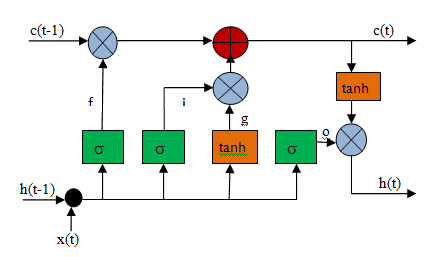Sentiment Analysis using various Machine Learning and Deep Learning Techniques
Abstract
Sentiment analysis has gained a lot of attention from researchers in the last year because it has been widely applied to a variety of application domains such as business, government, education, sports, tourism, biomedicine, and telecommunication services. Sentiment analysis is an automated computational method for studying or evaluating sentiments, feelings, and emotions expressed as comments, feedbacks, or critiques. The sentiment analysis process can be automated using machine learning techniques, which analyses text patterns faster. The supervised machine learning technique is the most used mechanism for sentiment analysis. The proposed work discusses the flow of sentiment analysis process and investigates the common supervised machine learning techniques such as multinomial naive bayes, Bernoulli naive bayes, logistic regression, support vector machine, random forest, K-nearest neighbor, decision tree, and deep learning techniques such as Long Short-Term Memory and Convolution Neural Network. The work examines such learning methods using standard data set and the experimental results of sentiment analysis demonstrate the performance of various classifiers taken in terms of the precision, recall, F1-score, RoC-Curve, accuracy, running time and k fold cross validation and helps in appreciating the novelty of the several deep learning techniques and also giving the user an overview of choosing the right technique for their application.

Published
How to Cite
Issue
Section
Copyright (c) 2021 Journal of the Nigerian Society of Physical Sciences

This work is licensed under a Creative Commons Attribution 4.0 International License.







